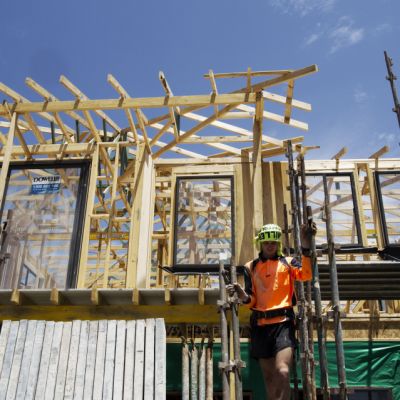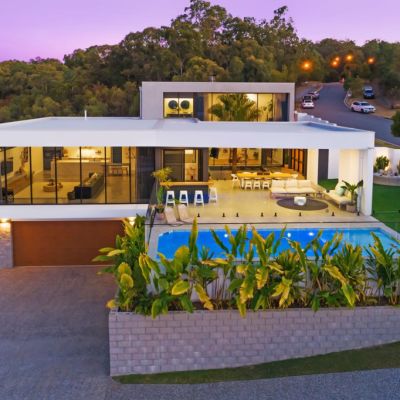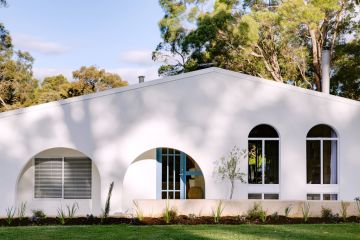10 simple ways to reduce the environmental impact of your new home or renovation
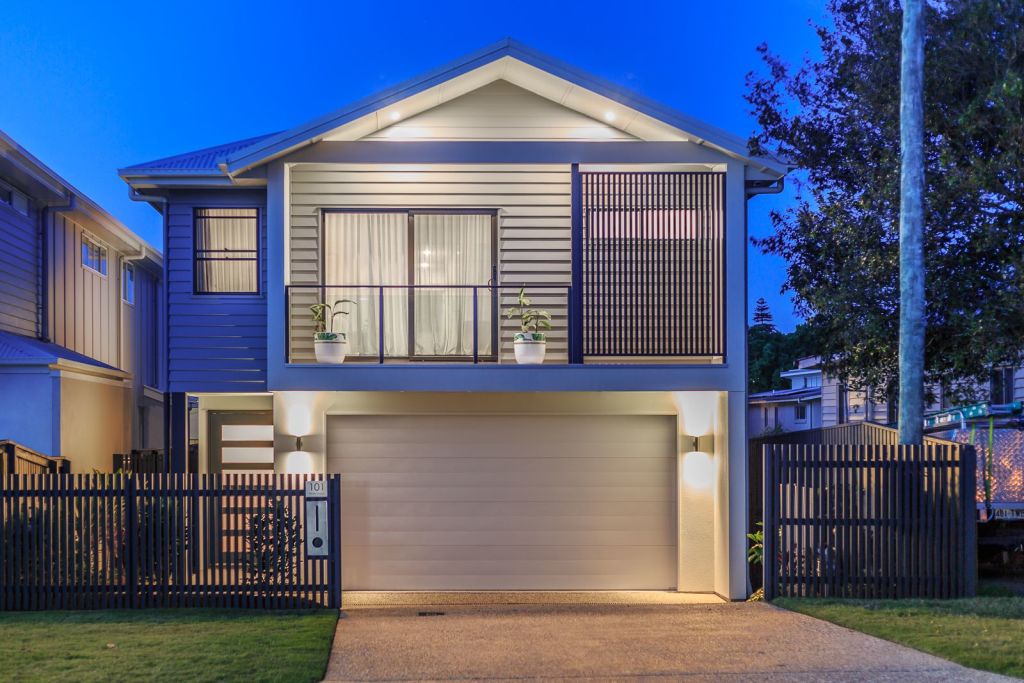
One of the biggest investments we ever make is in the choice of a new home. It’s an investment in lifestyle and an investment in financial common sense.
It’s also an investment that can go beyond just helping us and our families through the impact that your new home has on the environment when it’s built or renovated and throughout its life cycle.
These are just some of the ways you can design a comfortable home that is a pleasure to own and has minimal impact on the environment.
1. Choose a green location
The greenest development sites are infill properties such as former parking lots, rail yards, shopping malls and factories. Look for compact development where land is not wasted.
Your home should also be within easy walking distance of transport options such as buses, trains and cycleways so that you can leave your car at home. Ideally, the home would also be within walking distance of parks, schools and stores.
See how many trips you can carry out on a bicycle. That’s healthier for you, your wallet and the environment.
2. Minimise the size
No matter how many green building elements go into your home, a 400-square-metre green home still consumes many more natural resources to build than a 300-square-metre green home.
The larger home will also require more heating, airconditioning and lighting. If you really want a sustainable home, choose a smaller size.
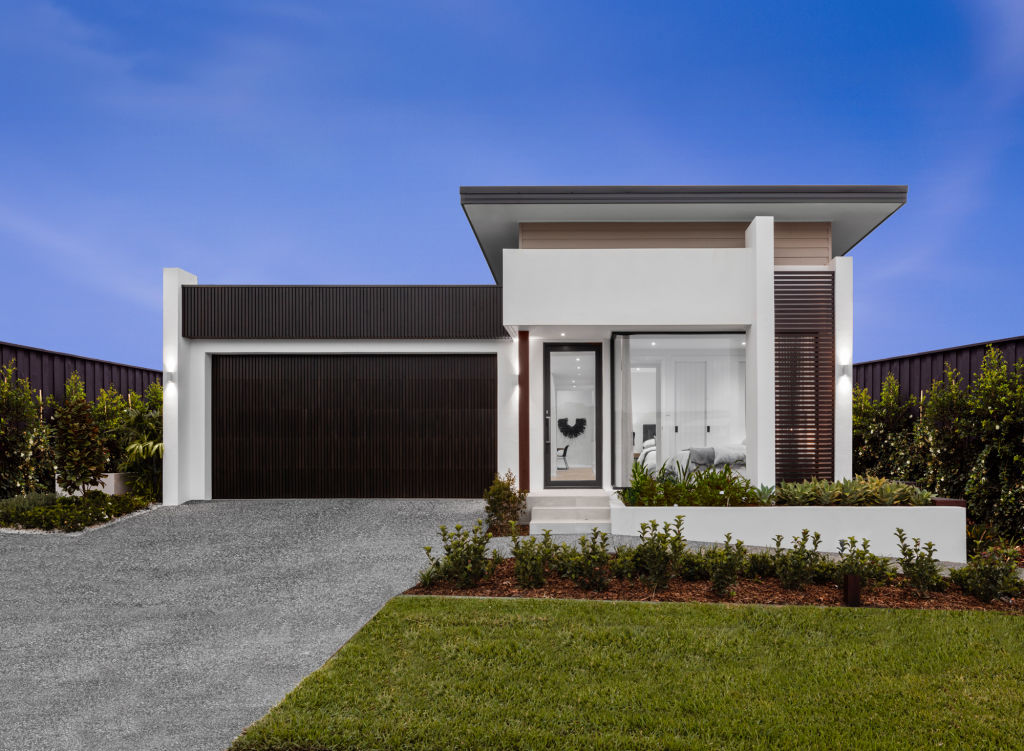
3. Design for the site
Your home should be oriented on its site to bring abundant natural daylight into the interior, which will reduce lighting requirements, save on winter heating and make your home a pleasant place to live too. Windows, skylights, light tubes, and other strategies should be used to bring daylight to the interior of the house.
The exterior should have shading devices such as sunshades, canopies, green screens and, best of all, deciduous trees, particularly on the northern and western elevations and grown to shade windows and doors to block the hot summer sun.
Double-glazed windows reduce heat gain in summer and heat loss during colder winter months. The roof should be a light-coloured, heat-reflecting or a green landscaped roof, to reduce heat absorption.
4. Use green building materials
A green home will be constructed or renovated with healthy, non-toxic building materials and furnishings, such as non-oil-based paints and renewable sourced fabrics.
Wood-based features should come from rapidly renewable sources like bamboo but if tropical hardwoods are used, they must be from a certified sustainable source.
A green home uses salvaged materials such as kitchen tiles and materials with significant recycled content.
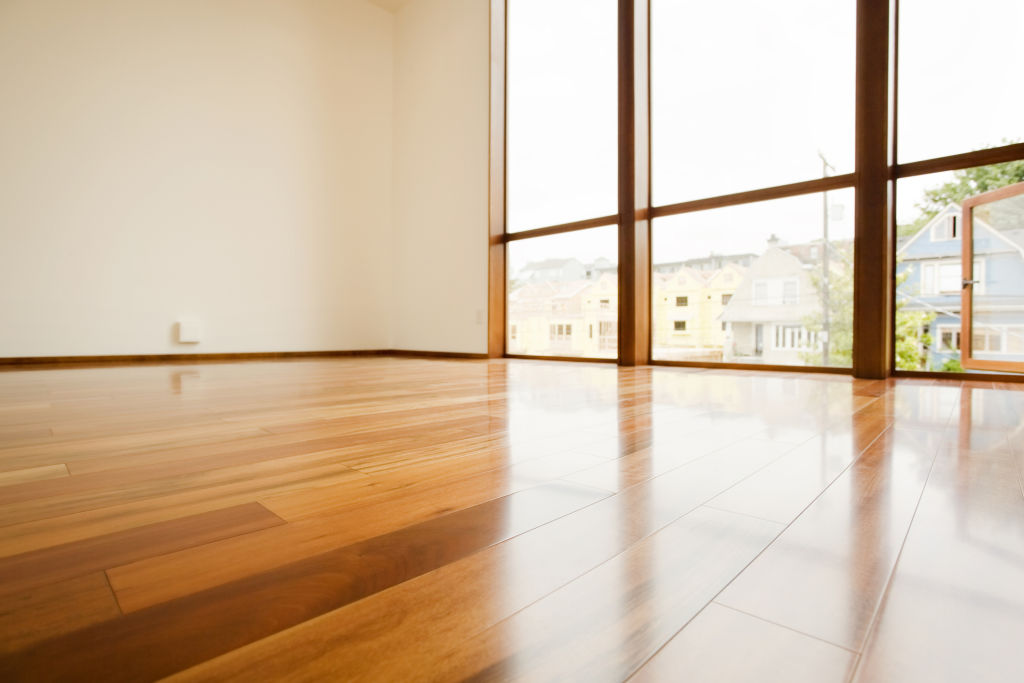
5. Include insulation
Non-toxic insulation, derived from materials such as soy, cotton or recycled material with a high R factor in a home’s walls and roof, will help prevent overheating in the summer and loss of heat in the winter.
6. Seal windows and doors
If windows and exterior doors are timber, they should be made from sustainable forestry and certified and should seal tightly to avoid unwelcome heat gain in summer and heat loss in winter.
7. Use efficient appliances
A green home has energy-efficient lighting, heating, cooling and water-heating systems. Appliances should be certified to the highest energy rating that you can afford.
8. Harness renewable energy
Ideally, your home will generate some of its own energy from renewable sources, using technologies such as solar power and battery storage systems.
Water heating for domestic use and for pool heating should both come from a renewable source such as solar panels or a ground heat pump.
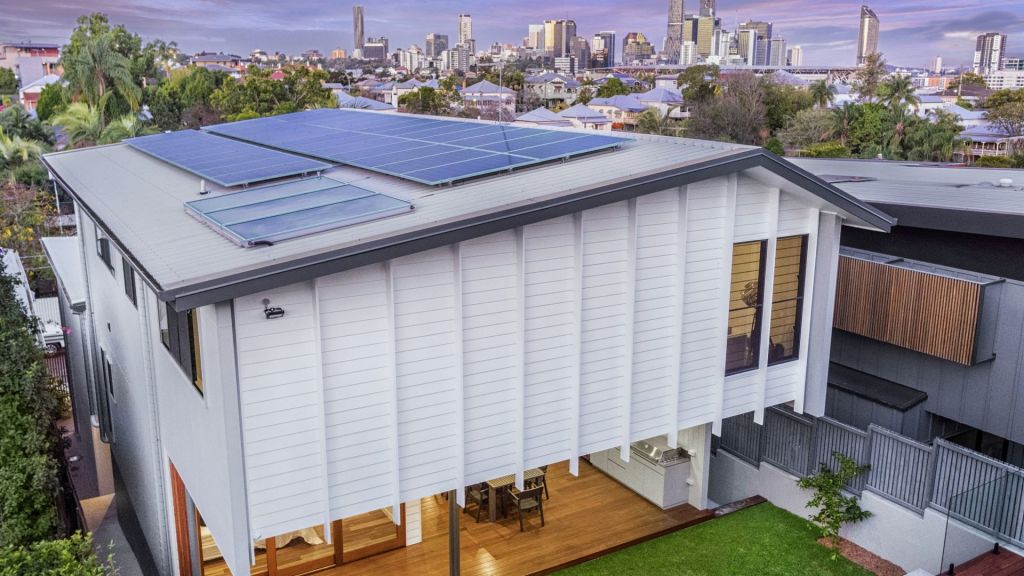
9. Increase water efficiency
A green home has a water-conserving reticulation system, a grey water storage facility and efficient kitchen and bathroom fixtures.
Look for a rainwater collection and storage system, particularly as we live in a drier region where water is increasingly scarce and expensive.
10. Landscape for the climate
Vine-covered green screens, large canopy trees and other landscaping should shade exterior walls, as well as the driveway, patios and other hardscape features, to minimise what are known as “heat islands”.
The yard should be landscaped with drought-tolerant plants rather than water-guzzling plants and lawns in most regions. Native planting and water-wise features should be used wherever possible.
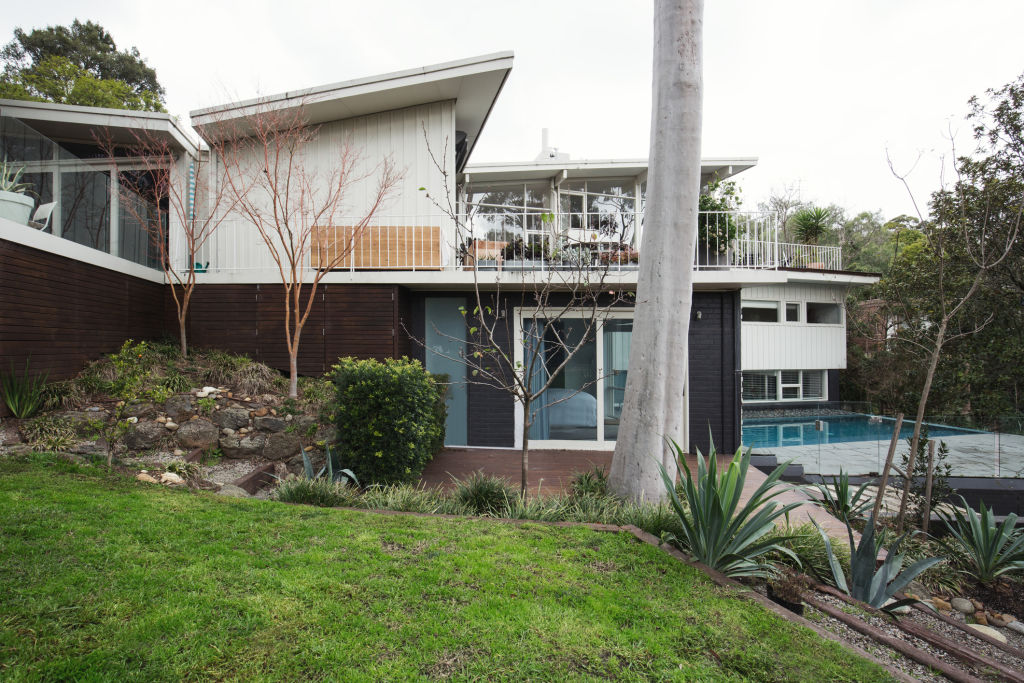
One of the best ways to ensure your home has minimal environmental impact is to use a Greensmart qualified designer, as they are trained in the process of making homes more sustainable, comfortable and eco-friendly right from the start.
Paul Cheverall is the managing director of Home Builders Advantage.
We recommend
States
Capital Cities
Capital Cities - Rentals
Popular Areas
Allhomes
More
- © 2025, CoStar Group Inc.

